Have you ever found yourself in a situation where your furry feline friend has potentially ingested something harmful? Perhaps they gobbled down a toxic houseplant, snatched up a medication, or munched on a random object. In these frightening moments, knowing how to make your cat throw up could be a lifesaving skill.
But before we dive in, let’s be clear inducing vomiting should only be done under specific circumstances and with guidance from your veterinarian whenever possible. It’s not a magic cure-all, and there are times when it can actually do more harm than good.
When Vomiting Is Necessary
There are a few key scenarios where making your cat throw up may be the best course of action:
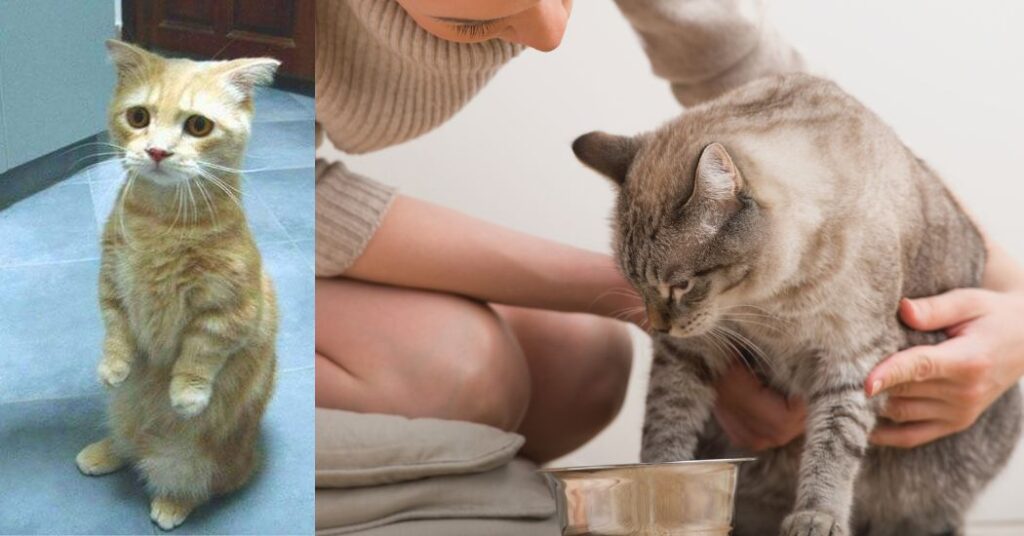
🍽 Ingestion of Poisons or Toxins: If your kitty has consumed something poisonous like certain plants, chemicals, or human medications, getting that substance out of their system quickly is crucial.
🧶 Swallowing Foreign Objects: Cats are notorious for their curious cravings, occasionally gulping down non-edible items that could cause an intestinal blockage. Vomiting may help dislodge those objects.
🦃 Hairball Emergencies: While some hairballs are normal, excessive or stubborn ones can cause serious discomfort and require a little extra encouragement to come up.
Some warning signs that your cat may need to vomit include lethargy, loss of appetite, repeated vomiting attempts, and any unusual or distressed behavior.
Getting Ready: What You’ll Need
If you suspect your cat has ingested something potentially harmful, act quickly but calmly. Here’s what you should gather:
- 💦 Hydrogen peroxide (3% solution)
- 💉 Syringe or dosing cup
- 🧽 Towels or protective covering
- 🧤 Gloves (optional)
It’s wise to have your vet’s phone number on hand, too. Give them a call to get professional guidance on proper dosage and whether vomiting is truly advisable for your particular situation.
The Step-by-Step Process
Once you’ve got the green light from your vet (or if it’s an emergency situation), follow these steps:
- Measure the Dose: The typical hydrogen peroxide dosage is 1-2 teaspoons per 5 lbs. of your cat’s body weight, up to 3 tablespoons max.
- Administer Carefully: Using your syringe or cup, give your cat the measured hydrogen peroxide amount toward the back of their mouth. Go slowly and gently.
- Wait Patiently: Now comes the hard part – waiting 10-15 minutes for the hydrogen peroxide to take effect. Keep your cat confined but calm.
- Encourage the Vomit: If nothing happens after 15 minutes, you can try walking your cat around or gently massaging their belly to help things along.
- Repeat if Necessary: If your cat still hasn’t vomited after 20 minutes, consult your vet about safely administering another dose of hydrogen peroxide.
Throughout this process, try to keep your cat from re-ingesting any vomit, as that could expose them to the toxins again.
Recommended Post: Why Does My Dog Look At Me When He Eats ?
After the Vomiting
Whew, the hard part is over! But there are still some important next steps:

💧 Provide small amounts of water to prevent dehydration.
👀 Watch closely for any continued vomiting, lethargy, or distress.
💊 Follow any other instructions from your vet, who may want you to bring your cat in.
🧹 Safely dispose of any vomit, especially if it contains toxic substances.
The key is just paying close attention to your cat’s condition and behavior after they vomit and getting professional medical care if needed.
An Ounce of Prevention
While knowing howtoinducevomiting in an emergency is crucial, an even better strategy is preventing those emergencies altogether! Some tips:
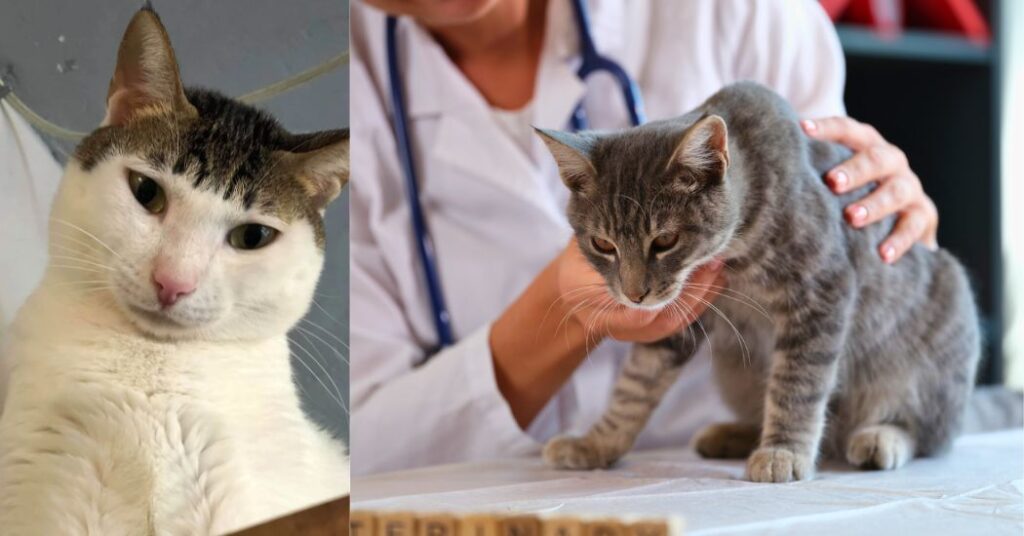
🔒 Keep any potentially toxic products like cleaners, medications, and plants 100% out of your cat’s reach.
📚 Get educated on common household hazards for cats so you know what to cat-proof.
👚 Do regular brushing to minimize excessive hairballs.
🙅♀️ Discourage your cat from eating non-food items by providing ample appropriate toys.
✂️ Scoop up any stray threads, rubber bands, or small objects your cat could swallow.
By cat-proofing your home and staying vigilant, you’ll drastically reduce any accidental poisoning risks. Prevention is the ultimate form of pet safety!
When Not to Induce Vomiting
As mentioned, there are some situations where inducing vomiting can actually be hazardous and should be avoided:
⚠️ If your cat ingested a corrosive substance like drain cleaner or oven cleaner ⚠️ If your cat is unconscious or having trouble breathing ⚠️ If your cat is exhibiting seizures or other neurological issues
In these cases, immediately contact your vet or emergency clinic and follow their guidelines, as vomiting could potentially cause further harm.
When To Call The Professionals
While the steps above can help induce vomiting safely in certain poisoning situations, there are some cases where you should skip right to calling the experts instead. Specifically, you’ll want to get immediate professional guidance if:
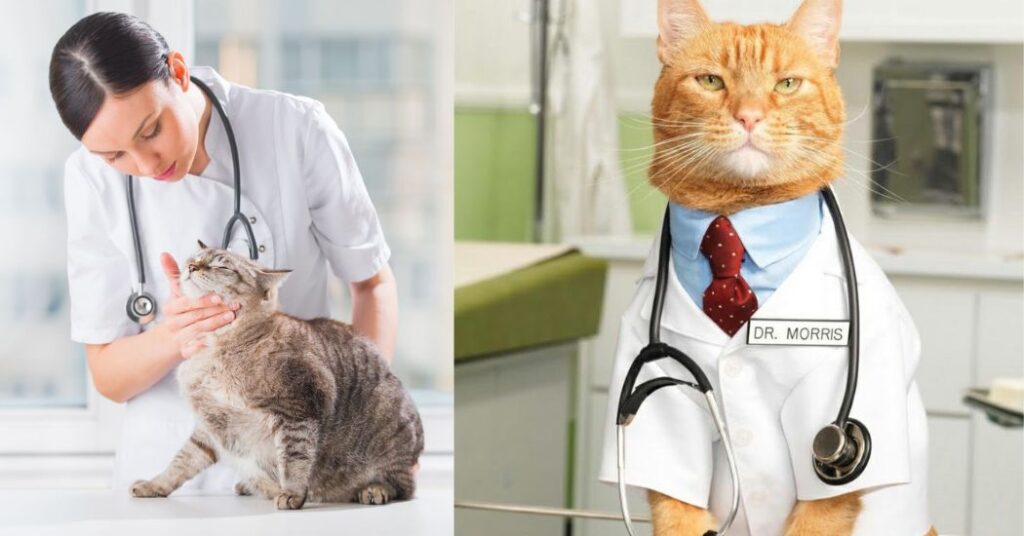
- You’re unsure what your cat has ingested or how toxic it may be
- Your cat is already showing severe symptoms like seizures, trouble breathing, or unconsciousness
- The potential toxin is something highly corrosive or caustic like drain cleaner
- You’ve induced vomiting but your cat still seems extremely ill afterwards
In these emergencies, your first call should be to your regular veterinarian or the closest 24/7 emergency animal hospital or clinic. Have their number saved in your phone for quick access.
You can also contact the ASPCA Animal Poison Control Center hotline at (888) 426-4435 for round-the-clock assistance. Note there is a fee for this service, but the experts can advise if inducing vomiting is safe and appropriate based on the toxin involved.
When you call, be prepared to provide details like:
- What your cat ingested (be specific with names if possible)
- How much they may have ingested
- When the ingestion occurred
- Your cat’s age, breed, weight, existing medical conditions
- Symptoms you’re observing
The more information you can provide, the better the professionals can determine if at-home induced vomiting is safe or if you should immediately bring your cat in for in-clinic treatment and decontamination procedures like:
- Activated charcoal to absorb remaining toxins
- IV fluid therapy for dehydration
- Medication to control vomiting, diarrhea, pain, or other symptoms
- Oxygen therapy for breathing difficulties
- Surgery in cases of obstruction
While those escalated measures are scary to think about, the key takeaway is that you should never hesitate to utilize professional resources like your vet or pet poison control. Their expertise could truly make the difference in saving your cat’s life.
Keeping Your Curious Cat Safe
At the end of the day, the absolute best way to handle a potential cat poisoning is by doing everything possible to prevent it in the first place. Cats are naturally inquisitive creatures, so it’s up to us responsible pet parents to create an environment that is fun, enriching, and 100% safe for our furry friends to freely explore.
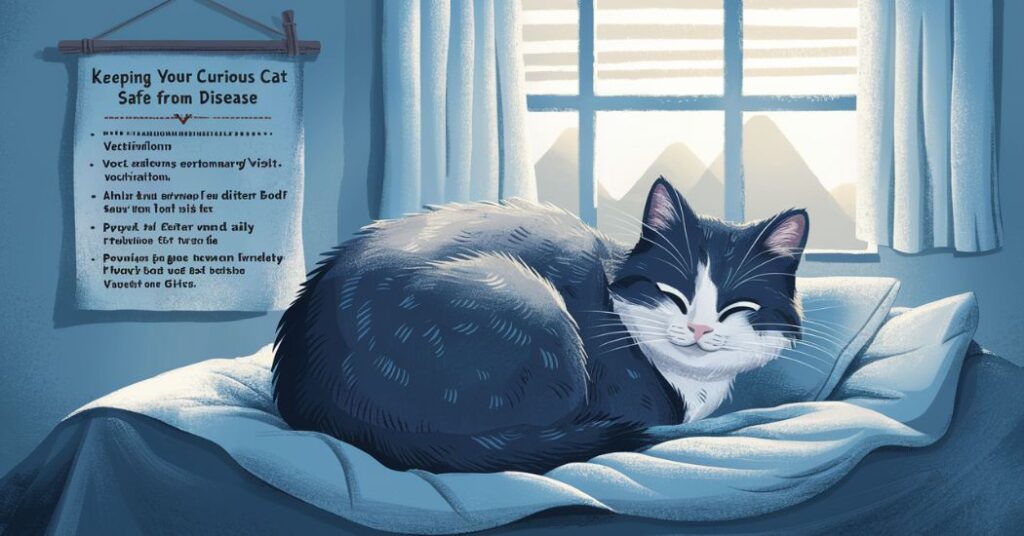
Some tips for cat-proofing your home and yard:
🏡 Indoors:
- Use child-proof locks/latches on all cabinets containing cleaners, medications, etc.
- Keep plants known to be toxic to cats out of the house entirely
- Swap chemical cleaners for pet-safe, natural alternatives when possible
- Tuck away any dangling cords, strings, or small loose objects a cat may chew on
- Elevate items on surfaces so they can’t be batted or pulled down accidentally
🏡 Outdoors:
- Build secure fencing to prevent outdoor access to areas with poisonous plants/substances
- Keep cats away from spaces recently treated with fertilizers, herbicides, insecticides
- Securely store and properly dispose of rodenticides and other hazardous chemicals
- Provide a safe digging area if needed to discourage roaming and encountering dangers
While we can’t control every potential risk, being proactive about minimizing hazards and enriching our cat’s environment with appropriate toys and activities can go a long way in preventing accidental poisonings or obstructions.
It’s also wise to have the Pet Poison Helpline number easily accessible, along with the contact info for your local emergency animal hospital should you need to act fast.
At the end of the day, our cats’ health and safety should always be the top priority as responsible pet parents. Knowing how to induce vomiting safely and when to call in professional help could truly make all the difference in an emergency poisoning situation. But hopefully, with a little preparation and vigilance, you’ll never have to put those scary skills into action in the first place.
Read this blog: What Do Betta Fish Like In Their Tank
Cat Vomiting: When It’s Not An Emergency
While we’ve focused heavily on those scary poisoning situations where induced vomiting could save your cat’s life, it’s also important to recognize when vomiting is simply a fact of feline life that doesn’t necessarily require panic or intervention.
Cats are known for their legendary hairballs, after all. That occasional hacky, gagging sound followed by a tubular pile of unpleasantness is just par for the course when you own a furry feline friend.
Unless your cat is vomiting frequently, violently, or showing other concerning symptoms like:
- Lethargy/weakness
- Loss of appetite
- Weight loss
- Diarrhea
- Blood in the vomit
…then that single hairball incident doesn’t necessarily warrant rushing to the vet. Chances are, your cat simply groomed up an excessive amount of fur that had to come back up.
You can help prevent problematic hairballs by:
- Brushing your cat regularly to remove loose hair
- Using hairball lubricant treats or gels formulated for cats
- Ensuring they stay well-hydrated by providing plenty of fresh water
However, if your cat’s vomiting does become a recurring issue, that’s a sign you should have your vet check for potential underlying causes like:
- Food allergies or intolerances
- Intestinal inflammation
- Bacterial, viral, or parasitic infections
- Obstructions from ingested objects
- Metabolic diseases like kidney disease or diabetes
Chronic, unresolved vomiting can quickly lead to dehydration and other dangerous complications for your cat. So while an occasional hairball doesn’t have to be an emergency, it’s wise to establish what’s normal vs. abnormal for your individual feline.
Another situation where you may need to induce vomiting is if your cat eats something generally non-toxic but still indigestible like:
- A large amount of string, ribbon, or dental floss that could wrap internally
- Rubber bands, children’s toys, or other objects posing an obstruction risk
- A large chunk of bread dough, which can expand and release toxic levels of ethanol as it ferments
In these cases, carefully inducing vomiting may help expel the object before it causes a blockage or other issues. As always, check with your vet first if possible on proper protocols.
The key thing to remember is that while vomiting is common and mostly harmless for cats some of the time, it can also indicate a much more serious situation requiring emergency action if it becomes excessive or is accompanied by other concerning symptoms.
Responsible cat owners should get familiar with their own pet’s normal patterns and behaviors so they can quickly recognize when something just isn’t quite right. With some vigilance and the wisdom to know when to contact professionals, staying on top of your cat’s vomiting can prevent so many potential health scares.
Vomiting in Cats: When to Worry
To summarize, induced vomiting may be an appropriate course of action in certain poisoning emergencies. But vomiting in cats can indicate other health concerns too. Here are some situations when that stomach upset could warrant a call to your vet:
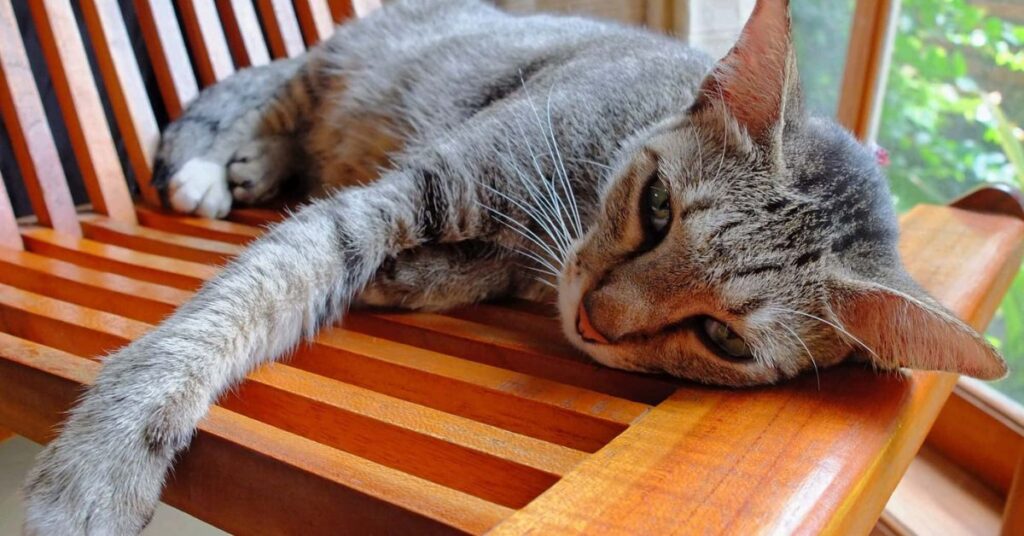
- Vomiting more than 2-3 times in a single day or over a couple days
- Vomiting along with diarrhea, fever, or loss of appetite
- Vomit contains blood, resembles grass or hair, or contains foreign material
- Your cat appears lethargic, weak, dehydrated, or has abdominal pain after vomiting
- Vomiting in cats under 6 months old or in elderly cats
- Vomiting that persists more than 24 hours
Basically, if your cat’s vomiting seems out of the ordinary, frequent, protracted, or comes with other concerning symptoms, it’s wise to get them evaluated rather than watching and waiting. Cats are masters at hiding illness, so vomiting could be their way of telling you something is seriously wrong.
Your vet will likely want to do diagnostic tests to determine the underlying cause and get appropriate treatment started, which could include:
- Medications to control vomiting and nausea
- Anti-inflammatories or antibiotics
- Fluid therapy for dehydration
- Imaging like x-rays or ultrasound to check for obstructions
- Dietary changes to bland, easily digestible foods
- Surgery to remove blockages if indicated
The takeaway? Pay attention to persistent vomiting thinking it will resolve on its own. Unresolved vomiting can have your cat feeling miserable and lead to complications like:
- Electrolyte imbalances
- Acid-base disorders
- Malnutrition and weight loss
- Esophageal and gastric ulcers
- Aspiration pneumonia
When it doubt, get your cat checked out. Prompt diagnosis and treatment could get that vomiting resolved and your feline feeling better fast!
Here is a conclusion to wrap up this comprehensive article on how to make a cat throw up:
Conclusion
As loving cat owners, we make an unspoken promise to our feline friends to keep them safe, healthy, and out of harm’s way to the best of our abilities. While incredible joys, cats also come with big responsibilities.
Accidental poisonings and obstructions are some of the scariest situations we may face. Knowing how to properly induce vomiting could legitimately save your cat’s life in those emergencies. But it’s a skill that must be handled with caution and vigilance.







